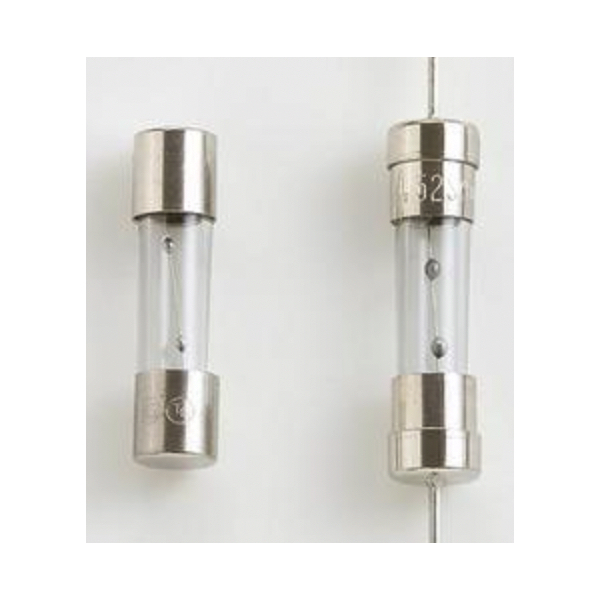Optifuse Fuses

Glass fuses from Optifuse are built very precisely for offering dependable interruption of overcurrent that occurs in various types of electrical situations. They exhibit a clear glass cap that provides an easy way to examine the fuse element straight through to the other end. Thus, if a "fault" element is seen within, this will mean that a high-level fault current has occurred and blown the fuse.
Designed to satisfy demanding safety and quality conditions, Optifuse glass fuses are a reliable component for circuit protection. Whether in consumer or industrial electronics, they secure circuits from faults with quick-acting interruptions of current. Fuse bodies made of glass imply a certain fragility of appearance, but the glass is actually quite sturdy and very heat resistant. There are clearly defined key points of technology that Optifuse uses to ensure the best possible performance when installed as a component in a circuit. Reliable, consistent, and safe to use, Optifuse glass fuses should always be part of a well-designed circuit that keeps electronic components safe.
More Information about Optifuse Fuses
Optifuse has a comprehensive range of versatile fuses used to protect circuits and protect applications from dangerous overcurrents. Installing circuit protection is easy with Optifuse's wide variety of customizable fuse holders, sturdy fuse blocks, and compact fuse clips.
Breakers vs Fuses
Fuses
Fuses are safety devices that are intended to provide protection to both equipment and people in the event of a power surge or an overcurrent situation. A fuse can provide this protection by using a small piece of wire that is sacrificial, and is intended to burn up when too much current is passed through it. When this happens, the fuse eliminates the flow of electricity in that circuit until it is replaced. The size and type of wire that is used in the fuse will dictate how much current can pass through that individual fuse. So the main thing to remember is, when a fuse blows, it must be replaced and cannot be reused.
Circuit Breakers
Circuit breakers are intended to be reused after they are “tripped” during a power surge or an overcurrent situation. Much like fuses, circuit breakers are designed to trip at a certain current level. This is intended to protect both equipment and anyone in the area of that particular circuit. Circuit breakers can be found in just about any variation from single phase, low current applications to three phase, and high current applications.
As a general rule: fuses are more simplistic and reliable. They cost less initially and are better suited for individual circuit protection. However, they can create more cost over time with each use and may create hazards due to the exposed connection points. Whereas circuit breakers offer better branch circuit protection and do not need to be replaced after each use. They are more expensive initially and, because of their complexity, are more prone to failure over time.

